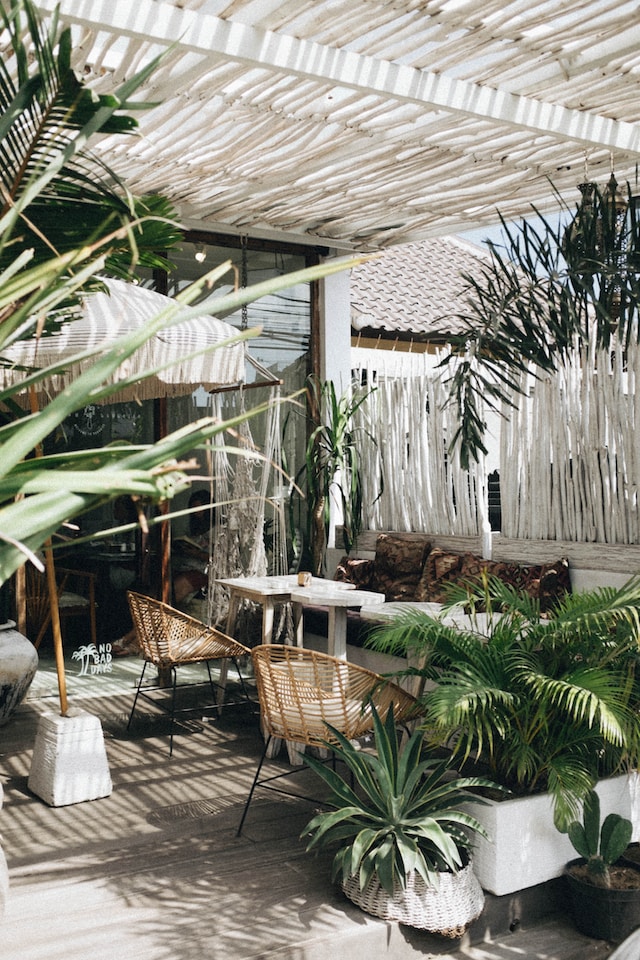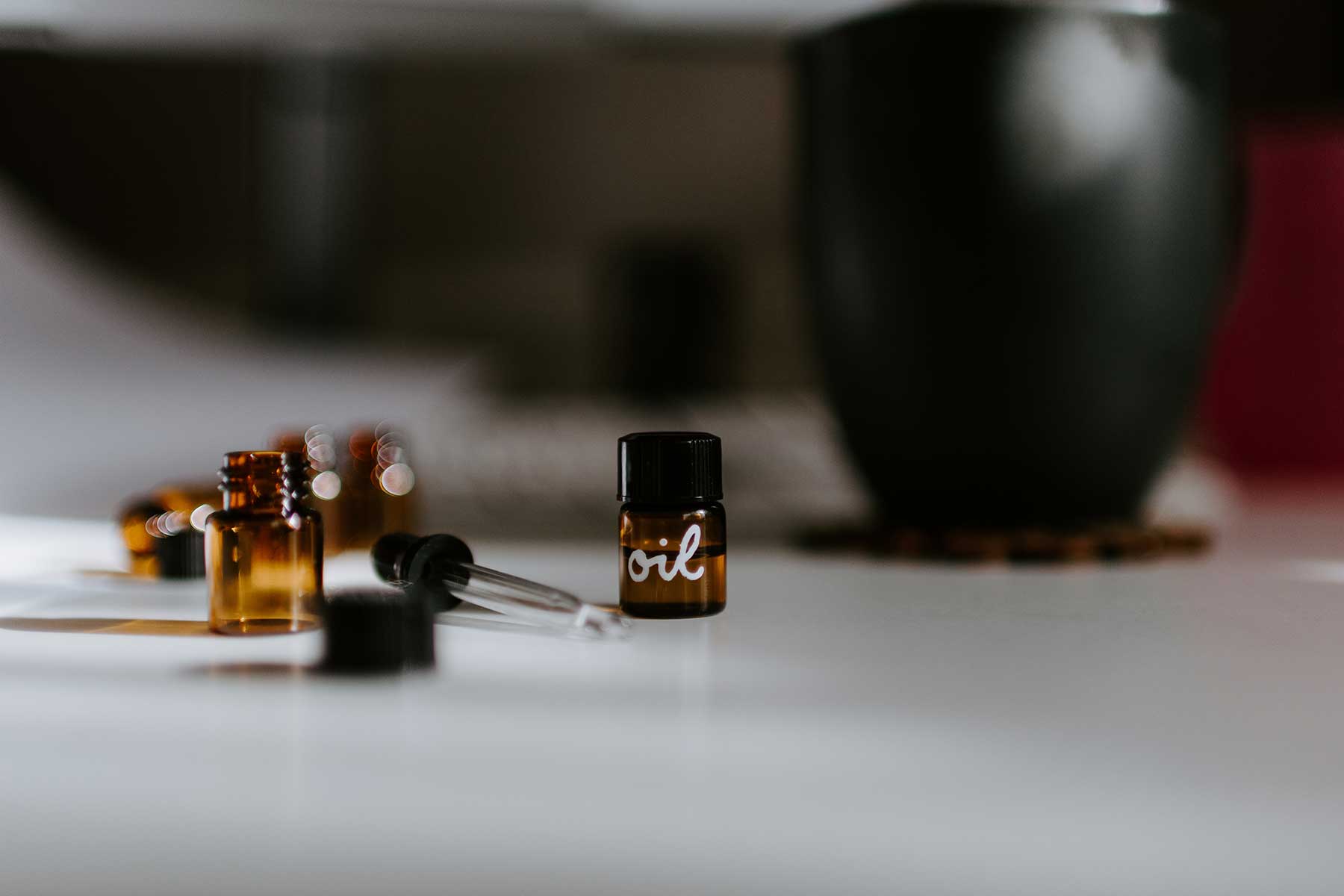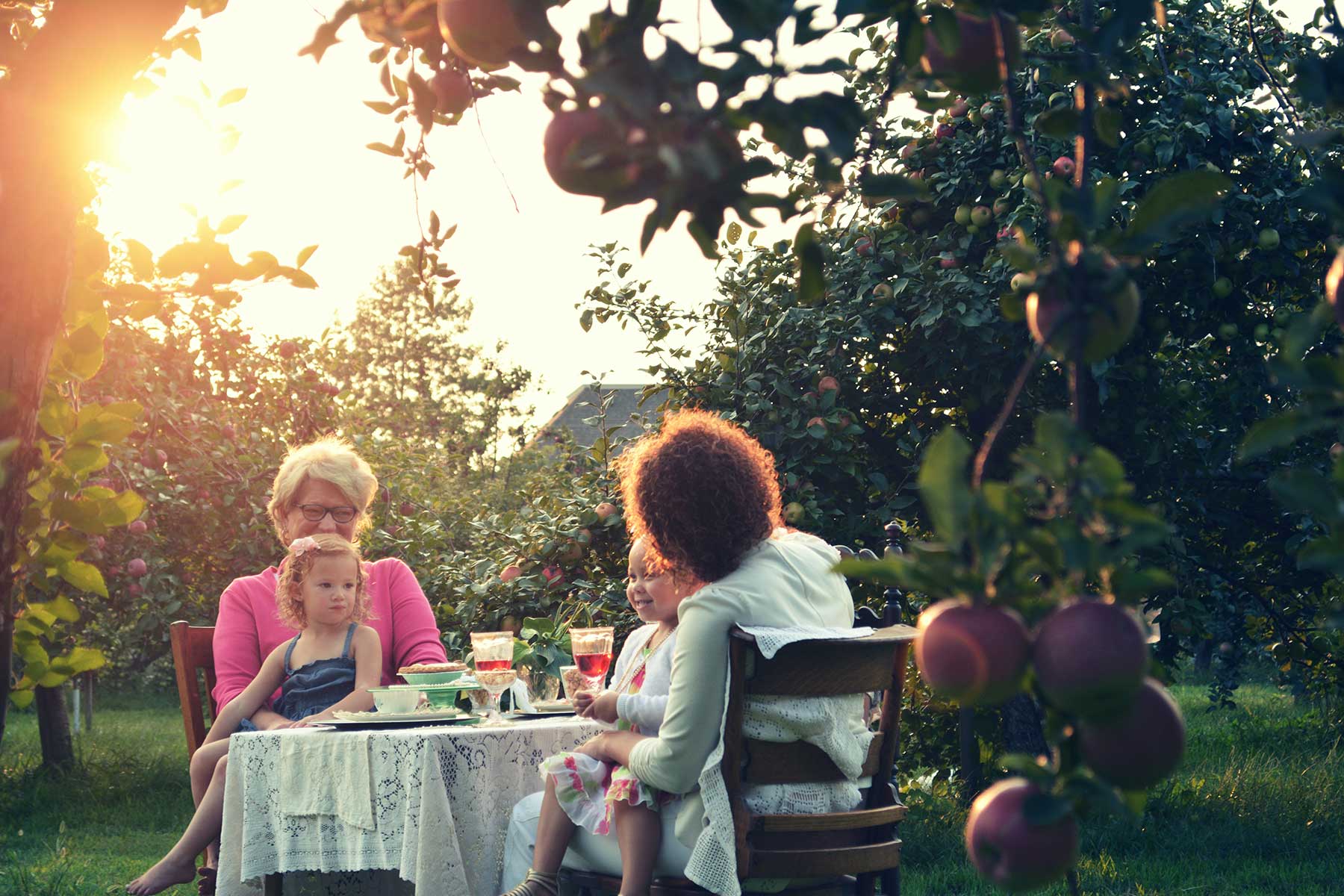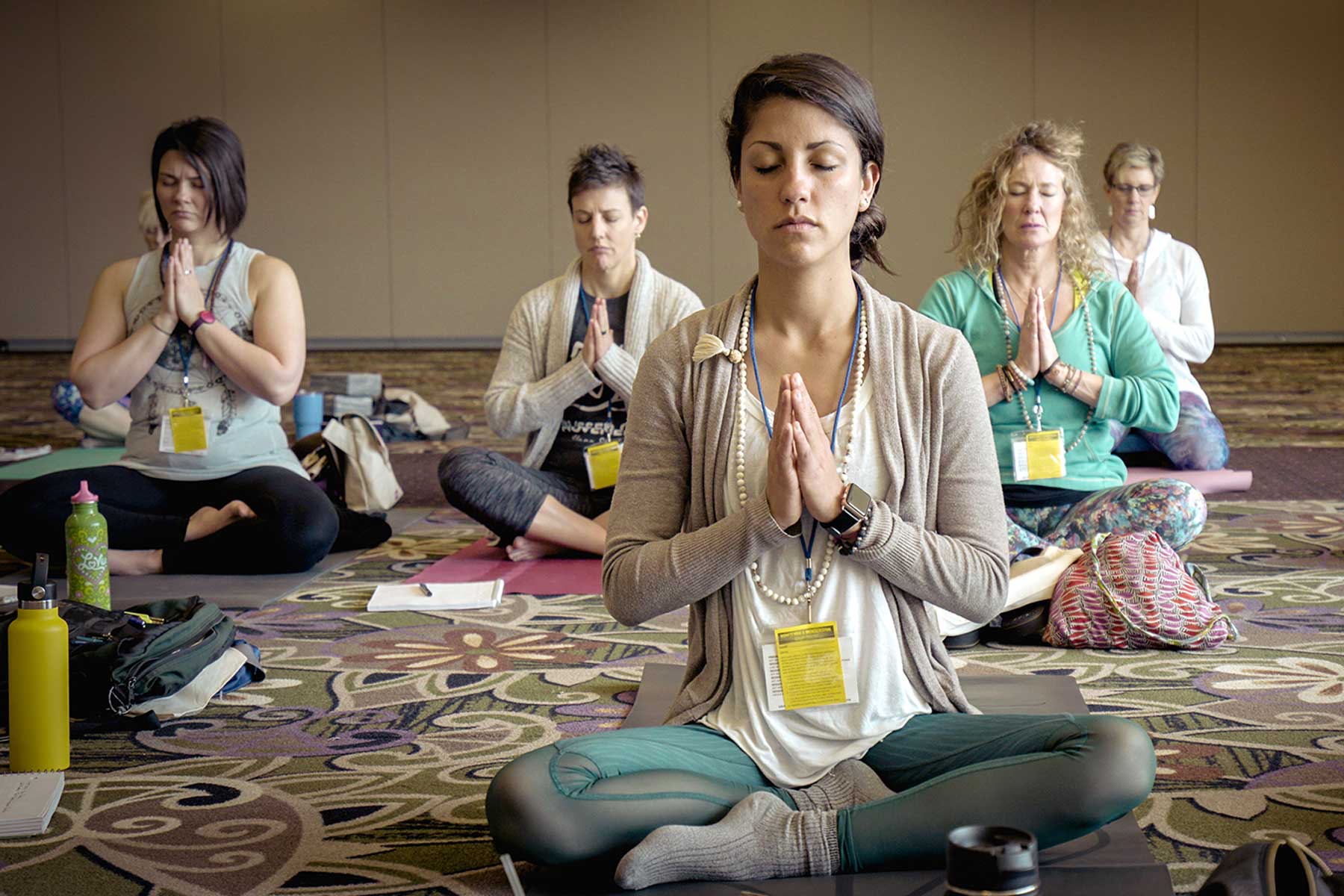Have you ever thought about making your home a greener and more eco-friendly place to live? Well, you’re in the right place! In this article, we’re going to talk about some simple and easy ways to make your home an eco-friendly sanctuary.
You’ll learn how small changes in your daily life can have a big impact on the environment. Plus, we’ll also touch on the topic of CBD and how it fits into this eco-friendly lifestyle. So, get ready to discover how you can take steps to make your home a green haven for you and your family!
What Is Eco-Friendly Living?
Eco-friendly living means doing things in a way that’s kind to the Earth. It’s all about being mindful of how your actions affect the environment around you. Instead of harming nature, you try to help it.
Why Should You Go Eco-Friendly?
There are some good reasons why you should consider eco-friendly living. First, it’s good for you and your family. By using eco-friendly products and practices, you reduce the exposure to harmful chemicals. This can mean better health for all of you.
But it’s not just about you. Going eco-friendly also benefits the environment. It means less pollution, cleaner air, and a healthier planet for everyone. When you choose eco-friendly options, you’re like a superhero for the Earth!
Helping the Environment
When you make eco-friendly choices, you’re doing your part to protect the planet. You’re using less energy, reducing waste, and conserving water. All these actions add up to make a big difference. It’s like giving the Earth a big, loving hug!
Eco-Friendly Homes: Energy Efficiency
Creating an eco-friendly home starts with energy efficiency. It’s important because it helps you save money on energy bills and reduces your impact on the environment. When you use less energy, you’re helping to lower pollution and greenhouse gases.
Reducing Energy Consumption
- Lighting: Switch to LED bulbs. They use less energy and last longer than traditional bulbs.
- Appliances: Choose energy-efficient appliances when it’s time to upgrade. Look for the Energy Star label.
- Unplug: When you’re not using electronics, unplug them. Even when turned off, they can still use energy.
- Seal Leaks: Check for drafts around doors and windows. Seal them to keep the heat or cool air inside.
- Thermostat: Use a programmable thermostat to regulate your home’s temperature. Lower it when you’re away or sleeping.
Using Renewable Energy Sources
- Solar Panels: Consider installing solar panels on your roof. They capture the sun’s energy and turn it into electricity.
- Wind Power: If you live in a windy area, you can harness wind power with a small wind turbine.
- Hydropower: Some homes can use small-scale hydropower systems if they have access to flowing water.
- Geothermal: Geothermal systems use the Earth’s heat to heat and cool your home efficiently.
CBD as an Eco-Friendly Lifestyle
Did you know that CBD and Delta-8 can be part of your eco-friendly journey? Let’s find out how.
Sustainable CBD Production Methods
When you’re looking for CBD products, consider brands that care about the environment. Some companies use sustainable farming practices, which means they grow hemp without harmful chemicals. This helps keep the soil and water clean, which is good for the Earth.
Potential for Eco-Conscious Products
- CBD Oils: Look for CBD oils packaged in recyclable or biodegradable materials. Some companies even offer refill options to reduce packaging waste.
- CBD Skincare: Eco-friendly skincare products often contain CBD. They’re made with natural ingredients and come in recyclable containers.
- Delta-8 Edibles: If you enjoy Delta-8 edibles, seek out brands that prioritize eco-friendly packaging and ingredients.
- Reusable CBD Vape Pens: Instead of disposable vape pens, consider reusable ones. They create less waste.
- CBD and Delta-8 in Cleaning Products: Some companies make eco-friendly cleaning products with CBD or Delta-8 that are gentle on the environment.
By choosing CBD and Delta-8 products from environmentally conscious brands, you can support sustainable practices and contribute to your green sanctuary.
Sustainable Home Design
When you think about making your home a green sanctuary, consider these principles of sustainable home design:
- Energy Efficiency: Design your home to use less energy. Good insulation, energy-efficient windows, and LED lighting can help.
- Natural Light: Let in as much natural light as possible. It reduces the need for artificial lighting and can make your home feel brighter and more inviting.
- Passive Heating and Cooling: Position your home to take advantage of the sun’s warmth in winter and provide shade in summer. This can help regulate your home’s temperature naturally.
- Water Efficiency: Install water-saving fixtures like low-flow toilets and faucets. Collect rainwater for irrigation if possible.
- Eco-Friendly Materials: Use materials that are sustainable and have a low environmental impact. Think bamboo flooring, recycled glass countertops, and reclaimed wood.
Eco-Friendly Materials
Choosing the right materials is a big part of sustainable home design. Here are some eco-friendly options:
- Bamboo: It grows quickly and is a renewable resource, making it a sustainable choice for flooring, furniture, and more.
- Recycled Glass: It can be used for countertops, tiles, and even decorative elements. It’s a creative way to reuse materials.
- Reclaimed Wood: Using old wood from barns, factories, or other structures gives it a new life in your home.
- Cork: It’s a renewable material harvested from cork oak trees. Cork flooring and wall coverings are stylish and sustainable.
Examples of Sustainable Home Designs
- Tiny Houses: These compact homes are energy-efficient and use fewer resources to build.
- Passive Solar Homes: They maximize natural heating and cooling, reducing the need for energy-hungry HVAC systems.
- Earthships: These unique homes use natural and recycled materials and rely on renewable energy sources.
- Container Homes: Old shipping containers can be converted into cozy living spaces, reducing the need for new construction materials.
Eco-Friendly Gardening
Having a green garden in your eco-friendly sanctuary brings many benefits. Here’s why it’s a great idea:
- Cleaner Air: Your garden helps absorb carbon dioxide and release oxygen, making the air around your home fresher and healthier.
- Wildlife Habitat: Gardens attract birds, bees, butterflies, and other critters, creating a mini ecosystem in your backyard.
- Food at Your Fingertips: You can grow your veggies and herbs, reducing the need for store-bought produce.
- Stress Relief: Gardening can be relaxing and reduce stress. It’s like therapy for your mind.
Organic Gardening Practices
- Natural Fertilizers: Use compost and organic fertilizers instead of chemical ones. They’re better for your plants and the environment.
- No Chemical Pesticides: Avoid toxic pesticides. Try companion planting or using natural pest control methods instead.
- Water Wisely: Use a soaker hose or drip irrigation to conserve water. Collect rainwater for your garden too.
- Mulch: Mulch helps retain moisture, suppress weeds, and improve soil health.
- Composting: Compost your kitchen scraps to create nutrient-rich soil for your garden.
CBD and Delta-8 in Gardening
CBD and Delta-8 can have a place in your garden too! Some gardeners use CBD or Delta-8 products to help with relaxation after a day of gardening. These products might provide a sense of calm and well-being. However, remember that more research is needed to fully understand their effects in this context.
Reducing Waste and Promoting Recycling in Your Eco-Friendly Home
One of the most impactful ways to create an eco-friendly sanctuary at home is by reducing waste and promoting recycling. This approach not only conserves resources but also minimizes the amount of waste sent to landfills.
1. Mindful Consumption: Start by evaluating your purchasing habits. Opt for products with minimal packaging, or choose those made from recycled materials. By being mindful of what you buy, you can significantly reduce your household waste.
2. Effective Recycling: Set up a well-organized recycling system in your home. Label bins clearly for different types of recyclables like glass, paper, plastic, and metal. Educate everyone in your household about what can be recycled to ensure maximum efficiency.
3. Composting Organic Waste: Composting is a great way to recycle organic kitchen waste like fruit and vegetable peels. It enriches the soil for your garden, reducing the need for chemical fertilizers.
4. Reusable Products: Embrace reusable products wherever possible. Cloth shopping bags, reusable water bottles, and food containers can significantly cut down on plastic waste.
5. DIY and Upcycling: Encourage creativity by upcycling items. Turn old jars into planters or transform worn-out clothes into cleaning rags. This not only reduces waste but also adds a personal touch to your home.
6. Responsible Disposal of Electronics: Properly dispose of electronics and batteries by taking them to designated recycling facilities. This prevents harmful substances from polluting the environment.
Final Thoughts
Creating an eco-friendly home is not just about saving money or being trendy. It’s about taking care of our beautiful planet and leaving a better world for future generations.
By making your home a green sanctuary, you’re not only helping the environment but also improving your own well-being. You can breathe cleaner air, enjoy a more peaceful atmosphere, and even support sustainable businesses when using CBD and Delta-8 products.
Remember, you don’t have to do everything at once. Start small. Make one eco-friendly change at a time. Whether it’s using energy-efficient bulbs, planting a garden, or choosing eco-conscious products, every step counts.




